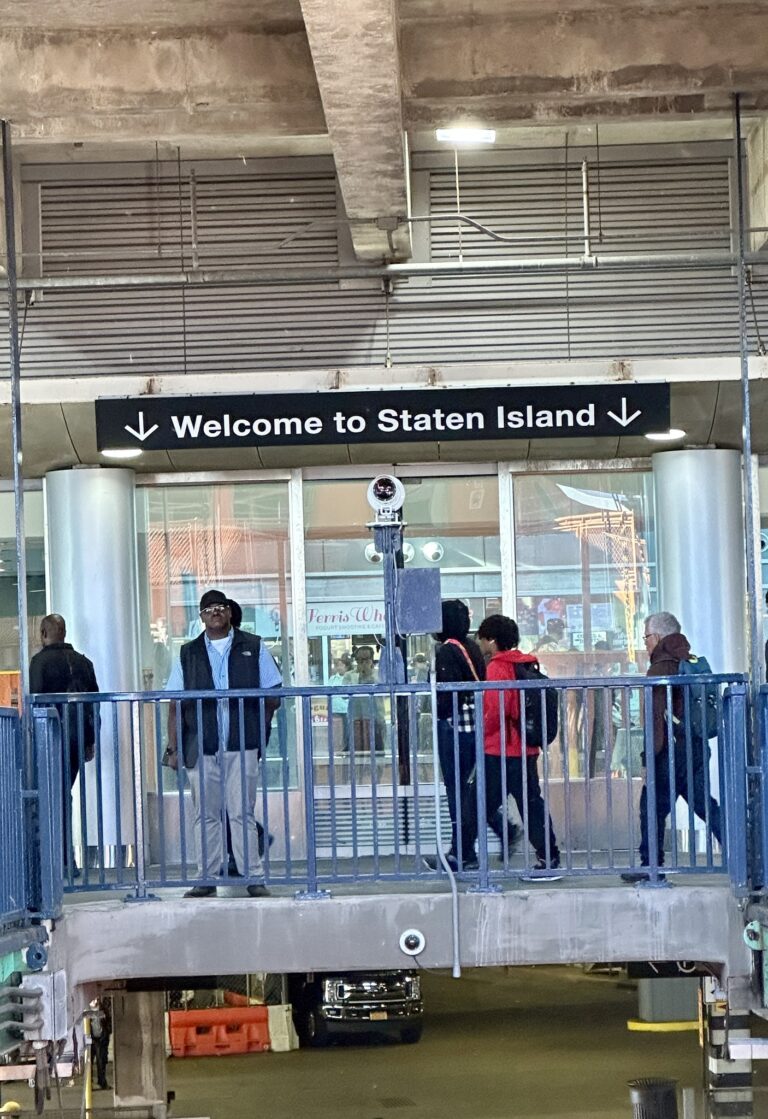Daylight Saving Time (DST)
Daylight Saving Time (DST) is a system for uniformly advancing clocks to extend daylight hours during conventional waking time in the summer months. In countries located in the Northern Hemisphere, clocks are typically set one hour ahead in late March or April and one hour back in late September or October.
History and Origin
The concept of DST was first suggested in a 1784 essay by Benjamin Franklin, though it was more of a humorous remark than a formal proposal. The first serious campaign for DST was led by William Willett, an Englishman, in 1907. Willett proposed advancing the clock by 80 minutes in four increments of 20 minutes each during April and reversing the process in September. However, in 1909, the British House of Commons rejected a bill that would have set clocks ahead by one hour in the spring and returned them to Greenwich Mean Time (GMT) in the autumn.
Adoption of Daylight Saving Time
Several countries adopted DST to conserve fuel and make better use of daylight during World War I. Some of these nations included:
- Germany
- Great Britain
- United States
- Australia
During World War II, DST was used continuously in certain countries to maximize daylight usage. In the United States, clocks remained one hour ahead from February 9, 1942, to September 30, 1945. In England, a concept known as “double summer time” was implemented, advancing clocks by two hours from standard time during summer and by one hour during winter months.
Daylight Saving Time in the United States
Initially, DST in the United States began on the last Sunday of April and ended on the last Sunday of October. The 1986 U.S. Congress law adjusted the start date to the first Sunday of April, while keeping the same end date.
In 2007, another adjustment was made:
- DST now begins on the second Sunday of March
- DST ends on the first Sunday of November
Daylight Saving Time in Europe
In most Western European countries, DST follows a different schedule:
- Starts on the last Sunday in March
- Ends on the last Sunday in October
Daylight Saving Time Controversies
There is an ongoing debate regarding the benefits and drawbacks of DST. Some argue that it saves energy and increases productivity, while others believe it disrupts sleep patterns and provides minimal benefits in modern times. Certain regions, such as Arizona (U.S.), have opted out of DST entirely.
Despite its long history and continued use, DST remains a topic of discussion worldwide, with some advocating for its abolition or permanent standardization.



